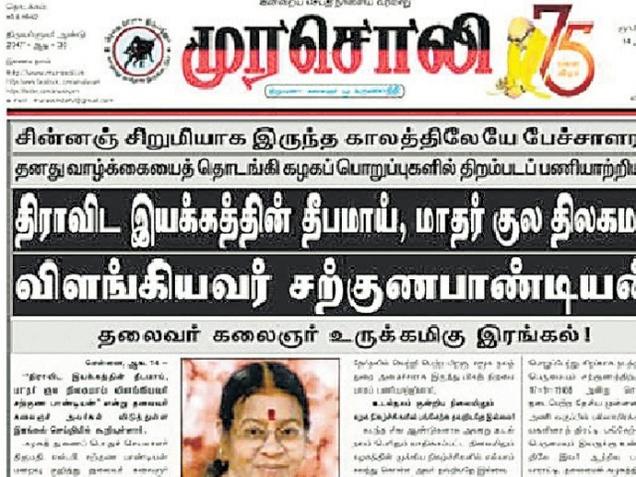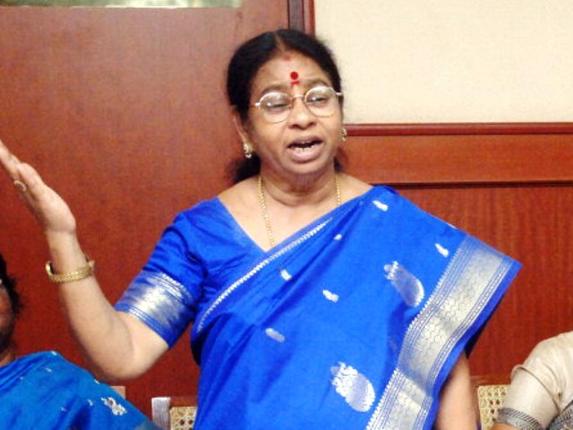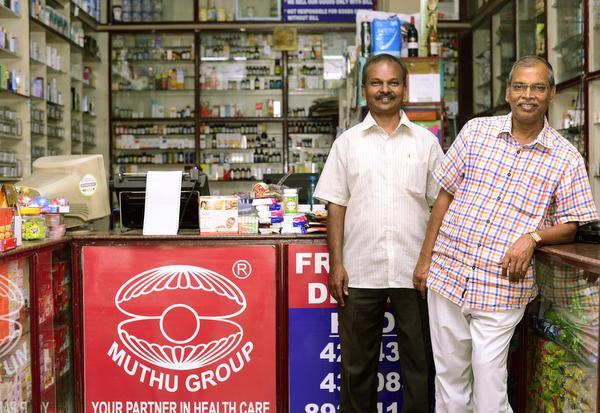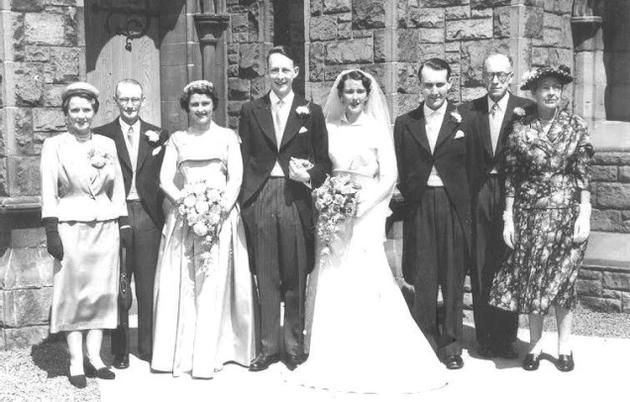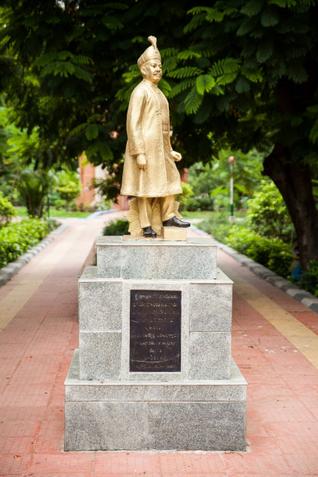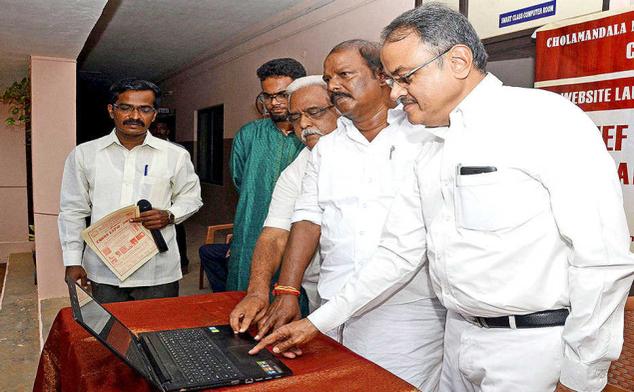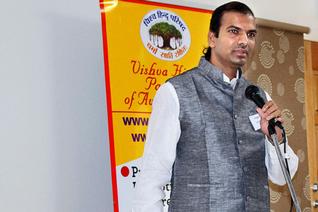When DMK president M. Karunanidhi launched Murasoli, a handwritten manuscript mouthpiece of the then fledgling Dravidian movement on August 10, 1942, World War-II was still on. The DMK itself was not launched then. Murasoli — which has since graduated, first from a hand-written magazine to a weekly and then to a daily — is now into its platinum jubilee year.
Recording the landmark moment, Mr. Karunanidhi. writing in the party organ recently, describedMurasoli as his “first child” and said he cherishes its founding day more than his own birthday.
The veteran politician had for long used the mouthpiece as a medium to communicate with his party cadre. In fact, during the Emergency when media was subjected to stringent censorship, he subtly conveyed to the cadre about the list of leaders who had been jailed under the draconian Maintenance of Internal Securities Act (MISA). Knowing well that the Press Information Bureau would not allow these leaders to be named, he, instead, published the list of leaders who would not be able to pay respects to party founder C.N. Annadurai on the latter’s death anniversary.
“The DMK and the Murasoli are inseparable and the contribution of the paper to the growth of the party is immeasurable,” said former Minister Duraimurugan, who has been reading the paper since 1962. Few leaders had the passion of Mr. Karunanidhi when it came to running a party organ, he said.
“Our leader has the capacity to write what will please all sections of the society. He will proof-read what he had written even at midnight and always ensure that he read the paper in the morning before others read it,” said Mr. Duraimurugan.
Former School Education Minister Thangam Thennarasu, a second-generation leader, said, Murasolihas adapted itself to technology and it is now available online to reach a wider audience.
“The first issue of Murasoli had four pages and Kalaignar wrote the contents under his pen name ‘Cheran’,” said Dravidian Movement’s historian K. Thirunavukkarasu. “It became a weekly in 1948 and Kalaignar suspended its publication after joining Modern Theaters. He resumed its publication in 1954 and Murasoli became a daily on September 17, 1960,” he added.
Murasoli has since become the only newspaper of the Dravidian movement to have weathered many a political storm and Mr. Karunanidhi had ensured its existence by forming a trust to run the paper. “He was a hands-on editor and never hesitated to spend his money to run the paper. Murasoli is a guide to the party leaders as well as the cadres,” said Mr. Thirunavukkarasu.
But the admirers of the Dravidian movement, who pointed out its role in demolishing feudalism and upper caste domination in the society, are sceptical about the role of the Murasoli. “While the Dravidian movement ensured that democracy percolated and reached sections of society that were hitherto impossible to reach, Murasoli has become a weapon in the hands of neo capitalists, particularly the family of the DMK leader,” felt V. Arasu, former head of Tamil department at the University of Madras.
source: http://www.thehindu.com / The Hindu / Home> National> Tamil Nadu / B. Kolappan / Chennai – August 15th, 2016
